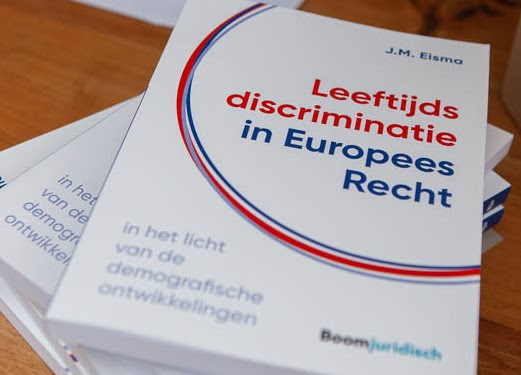As a result of demographic changes, the number of older people is increasing in relation to the working population. A large number of baby boomers have retired since 2012, but the working younger generation is getting smaller.
My book examines the role of the EU Court of Justice in combating age discrimination and achieving the employment objectives active aging and promoting inter-generational solidarity.

Active aging focuses on working longer and in point of fact aims at positive age discrimination. Inter-generational solidarity, on the other hand, has quite the opposite aim of shortening the working lives of older workers, thus giving the younger generation an opportunity in the labor market.
European age-discrimination case law in the field of work and occupation has developed rapidly due to numerous discrimination cases brought before the Court of Justice of the EU after the introduction of Directive 2000/78. The EU Court of Justice has made a huge contribution to the interpretation and explanation of European equal treatment law. However, the approach by the EU Court of Justice has not always proved to be stringent or consistent in practice.
There is, therefore, still an important task for the Court of Justice of the EU in striving for a directive in accordance with the interpretation and uniformity of European equal treatment law in employment and occupation. In addition, there is a need for clarity on the application of Article 15 EU Charter of Fundamental Rights in the light of demographic developments.

